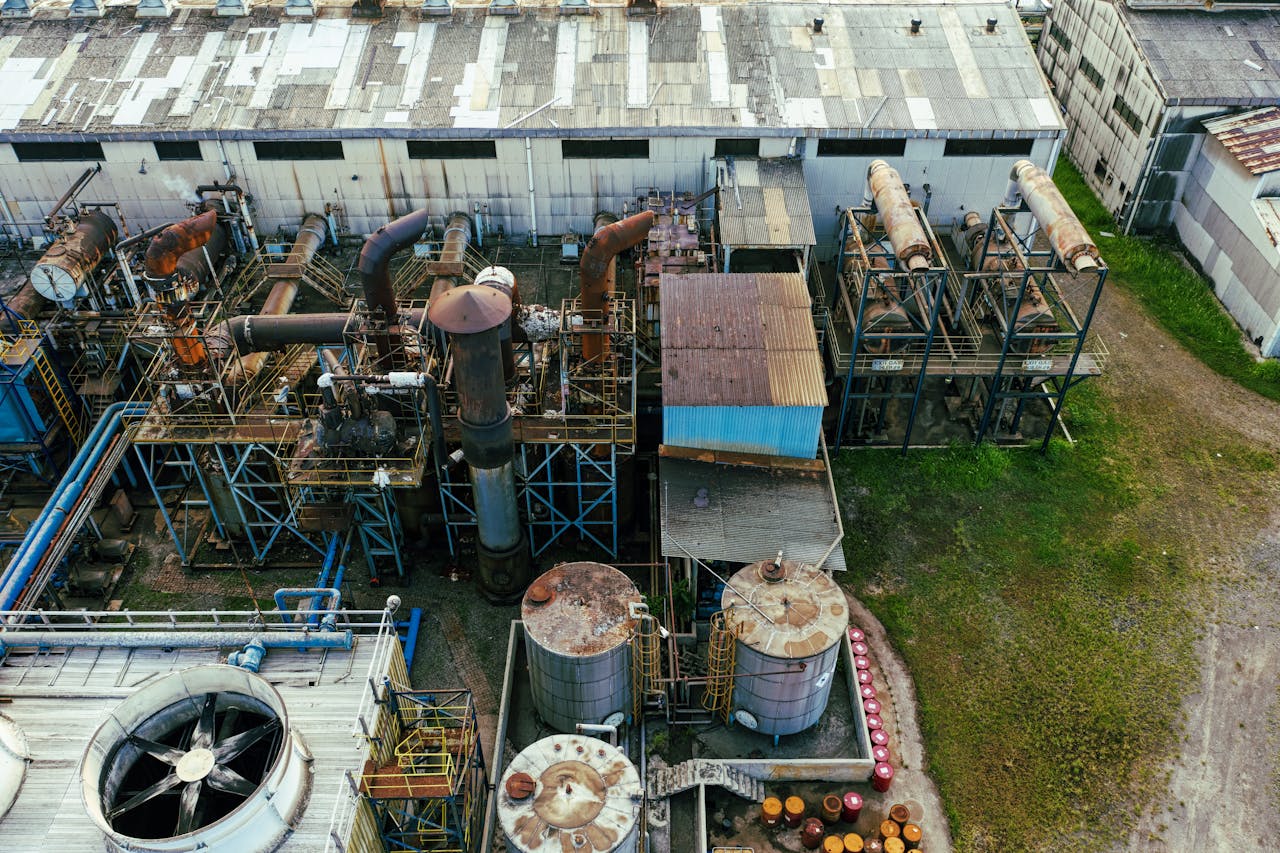Boiler expansion joints play a vital role in managing high-temperature steam systems across industrial facilities. Standard catalog expansion joints often face limitations when applied to unique boiler configurations, which can create inefficiencies or increased maintenance.
Zepco LLC delivers custom-fabricated solutions designed to accommodate precise dimensional, thermal, and mechanical requirements while ensuring smooth installation and long-lasting performance.
Engineers, plant managers, and mechanical contractors rely on tailored expansion joints to optimize system reliability and efficiency. Each custom solution addresses specific boiler conditions, from temperature fluctuations to vibration absorption, providing confidence in system longevity. By focusing on exact design and installation needs, Zepco LLC helps facilities maintain peak performance while reducing operational concerns.
Boiler Expansion Joints and System Diversity
Every boiler system presents unique operational demands. Each installation requires specific outlet geometries, temperature profiles, anchor point spacing, and mechanical stress handling. Standard catalog expansion joints are available in fixed sizes and common materials, which may not align with specific boiler requirements.
For example, a boiler outlet measuring 54 inches by 48 inches with anchor points 18 feet apart and continuous temperature exposure at 1,200 degrees Fahrenheit requires a solution that accommodates these conditions precisely. Custom fabrication ensures a reliable fit that supports long-term performance.
Configuration Considerations That Require Custom Fabrication
Dimensional Accuracy
Industrial boilers have various outlet geometries. Rectangular, round, oval, or multi-plane transitions require precision to ensure seamless integration.
Catalog joints provide increments such as 12 inches, 18 inches, 24 inches, 36 inches, and 48 inches, which often do not align with actual boiler dimensions like 42 inches by 54 inches, 33 inches by 66 inches, or 51 inches by 72 inches.
Custom fabrication produces expansion joints tailored to each dimension, eliminating gaps, adapters, and flow restrictions while providing optimal sealing.
Anchor Spacing and Thermal Movement
Thermal expansion calculations depend on accurate anchor spacing. Spans of 10 feet may require 1.2 inches of axial movement at 800 degrees Fahrenheit, while spans of 30 feet can require 3.6 inches.
Standard expansion joints offer limited fixed movement ranges, which may not correspond to the thermal expansion needs of the system. Custom boiler expansion joints are designed to accommodate exact anchor spacing and movement requirements.
Temperature Profiles
Boiler systems include zones with varying temperatures. Economizer outlets may operate between 400 and 600 degrees Fahrenheit, the boiler outlet to stack may reach 800 to 1,200 degrees Fahrenheit, and superheater connections can exceed 1,400 degrees Fahrenheit. Custom fabrication selects materials that match each temperature zone, optimizing both performance and cost efficiency.
Pressure and Mechanical Stress
Boiler expansion joints manage varying pressures, pulsations from fans, vibrations, and high-velocity exhaust gases. Standard joints assume steady pressure and moderate flow. Zepco custom boiler expansion joints provide reinforced construction designed to accommodate pressure variations, vibration isolation, and aerodynamic forces according to the specific operational environment.
Installation and Accessibility
Boiler installations often involve confined spaces and limited access. Adjacent piping and structural constraints require carefully configured frames. Zepco designs custom frames to fit physical access requirements, including lifting provisions, alignment guides, and field-adjustable features that support precise installation.
Custom Fabrication Process
Zepco LLC follows a structured approach that ensures reliability throughout the fabrication and installation process.
Phase One: Application Analysis
The engineering team collects detailed information on boiler outlet dimensions, movement calculations, operating temperatures, pressures, and installation constraints. Specifications are verified for thermal expansion, material suitability, reinforcement needs, and frame configuration. Complete fabrication drawings are provided for approval before production begins.
Phase Two: Fabrication and Quality Assurance
High-temperature fabrics such as ceramic fiber and high-silica composites are selected along with stainless steel and alloy frames. Each component is fabricated to match the specifications, integrating insulation as required. Quality checkpoints during fabrication include dimensional verification, visual inspection, and pressure testing if applicable, ensuring each boiler expansion joint meets operational standards.
Phase Three: Delivery and Support
Custom boiler expansion joints are packaged for protection during shipping with complete technical documentation. Zepco provides installation guidance, startup support, and post-installation performance verification to ensure seamless integration. Technical support remains available to address any installation or operational questions.
Total Cost Considerations
While standard catalog expansion joints may appear less expensive with initial costs between $3,000 and $5,000, installation adaptations, labor for modifications, and potential failures can increase total expenses over time.
Custom-fabricated Zepco boiler expansion joints typically cost between $6,000 and $12,000 with minimal installation complexity and service life extending seven to ten years. Long-term ownership costs are lower, providing a reliable investment and reducing the risk of operational downtime.
Zepco LLC Capabilities
Zepco provides comprehensive custom boiler expansion joint solutions covering various dimensions, temperatures, pressures, and movements.
- Dimensional Options: Rectangular 12 inches by 12 inches to 120 inches by 144 inches, round 6 inches to 96 inches, oval and transitional shapes, multi-plane transitions.
- Temperature Range: 400 to 1,400 degrees Fahrenheit with specialized materials and insulation.
- Pressure Ratings: Low-pressure applications at 5 inches water column to reinforced construction for higher pressures.
- Movement Accommodation: Axial movement from 1 inch to 6 inches, lateral offsets, and angular rotation.
- Material Choices: Fiberglass, ceramic fiber, high-silica composites, stainless steel, carbon steel, alloy frames, integrated insulation.
- Experience: Industrial boilers, power generation auxiliaries, process steam facilities, district heating, cogeneration, and municipal plants.
- Emergency Service: Rapid custom fabrication within 24 to 48 hours.
Reliable Custom Solutions
Boiler expansion joints require precise engineering to meet dimensional, thermal, mechanical, and installation requirements. Zepco LLC provides custom-fabricated solutions that deliver reliability, performance, and long-term operational efficiency.
The combination of in-house manufacturing, technical support, and emergency capability ensures that each boiler expansion joint meets the unique demands of its application. Contact Zepco LLC to discuss specifications and custom fabrication requirements for boiler expansion joints.

